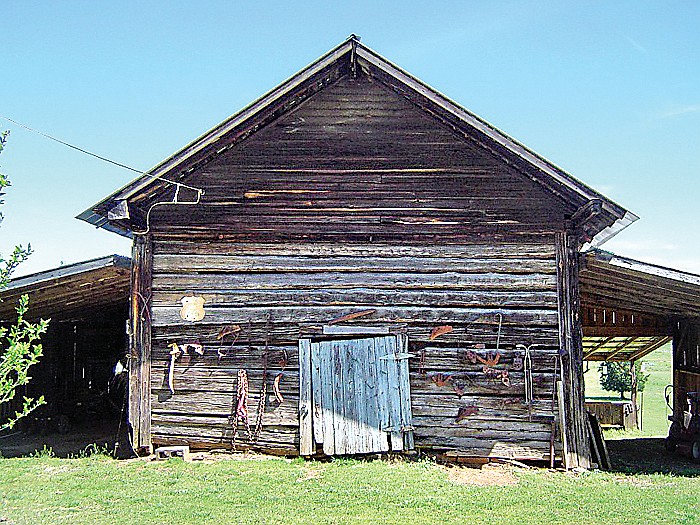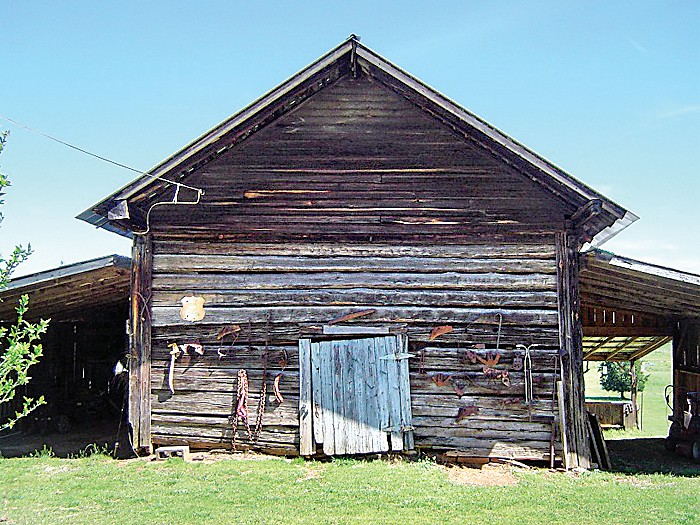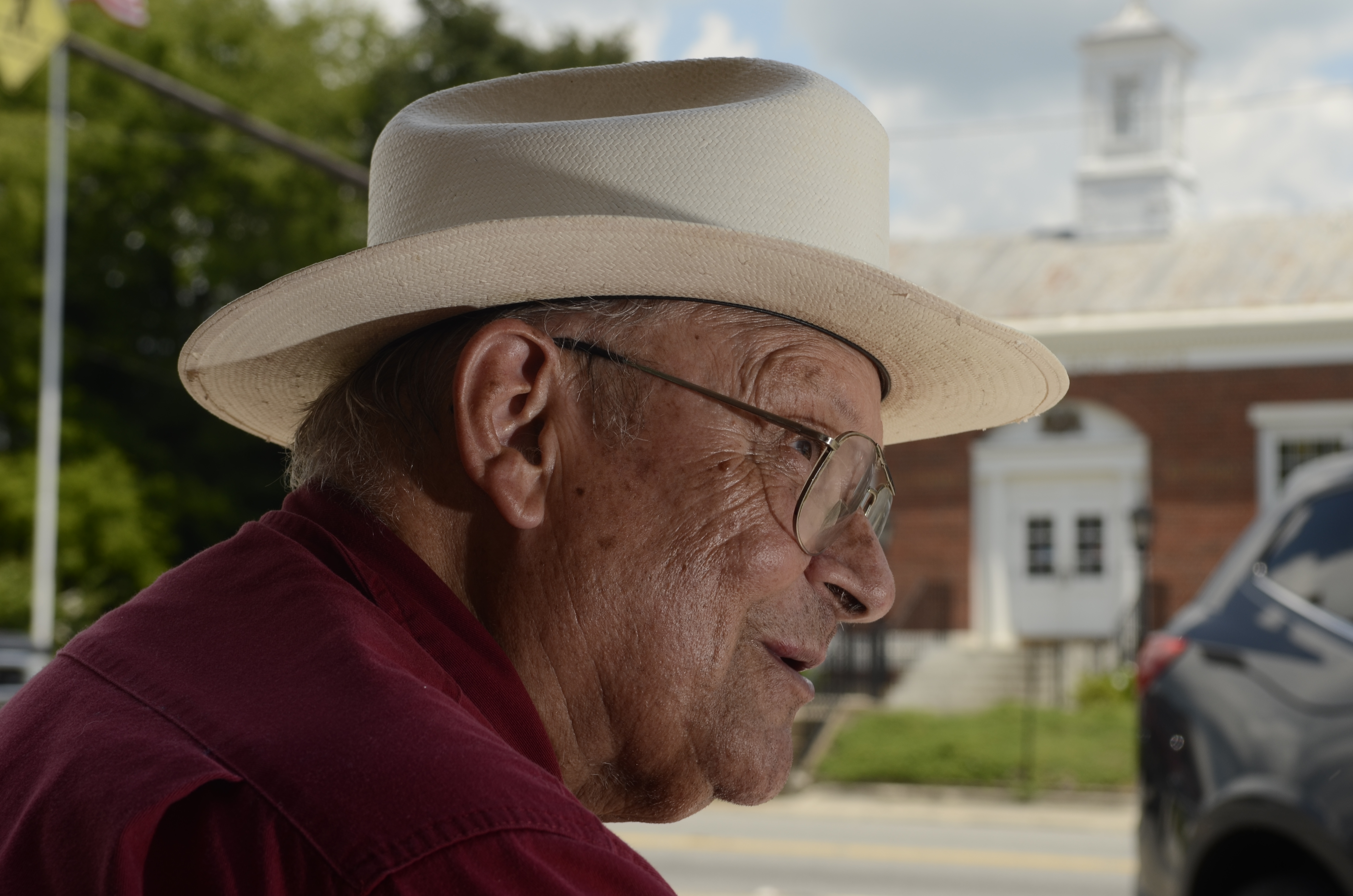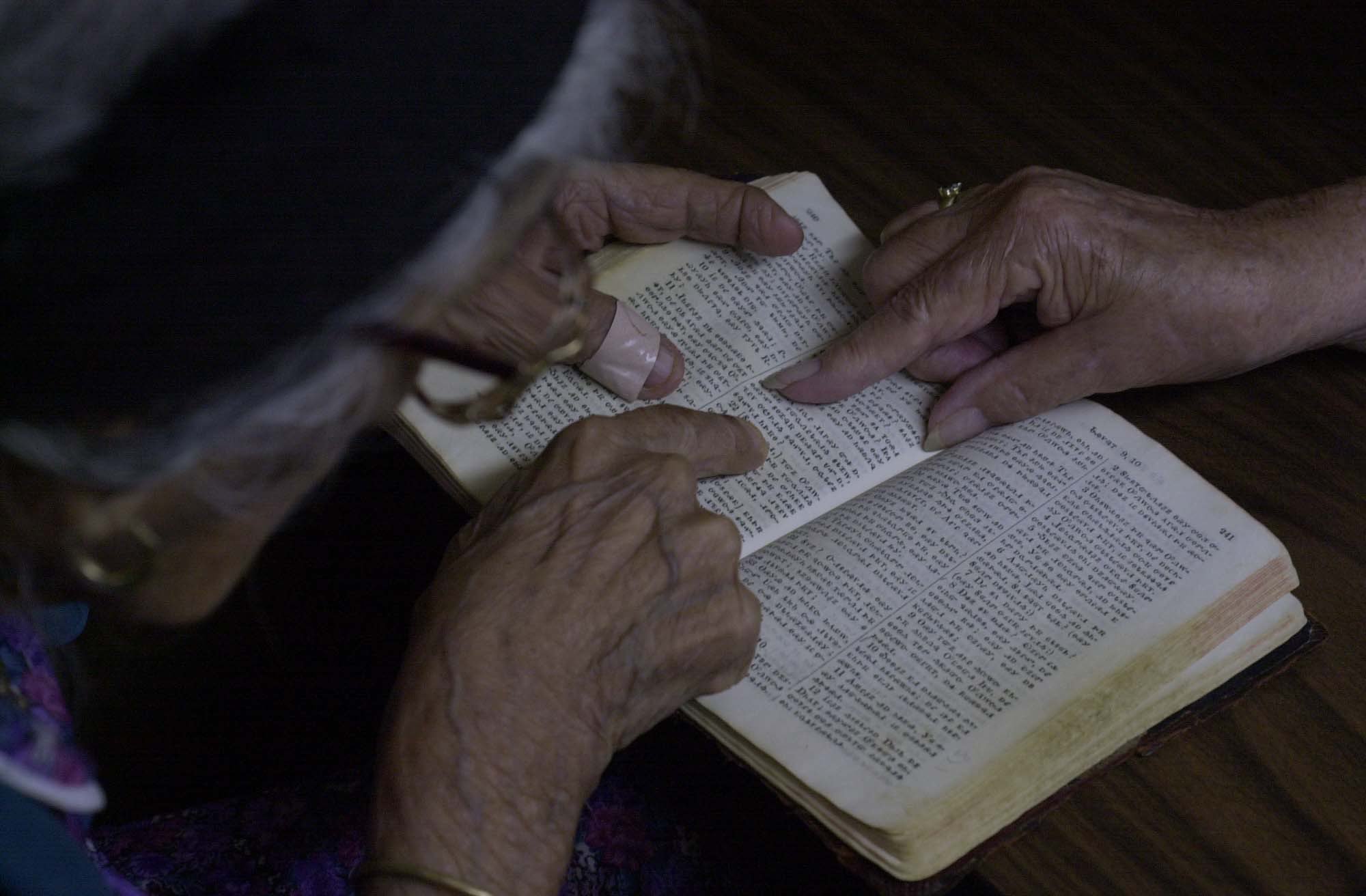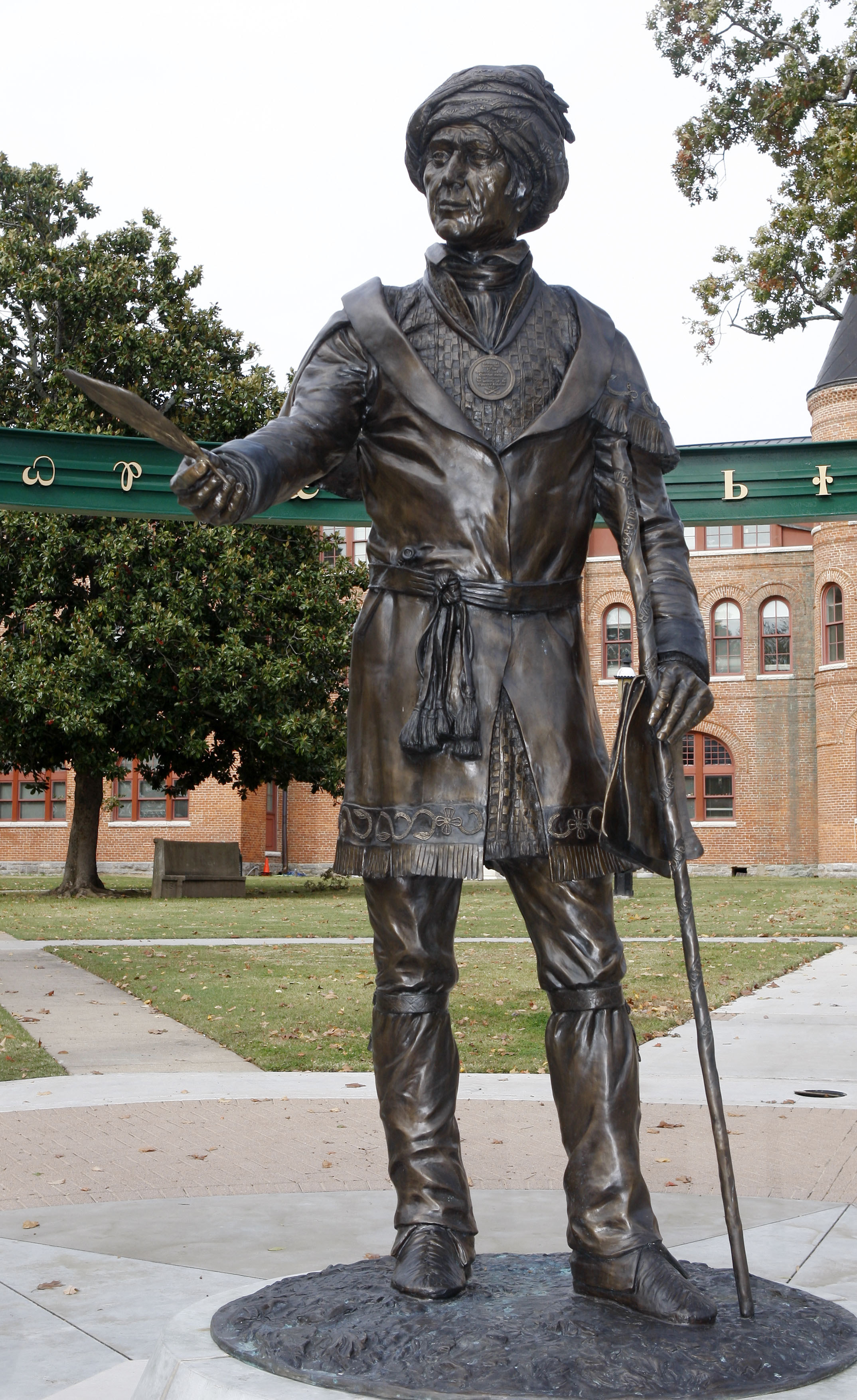Sequoyah single-handedly gave the Cherokee Indians a system of reading and writing.
His wife, Sally, gave him grief for all the work it took.
Early on, before Sequoyah invented 85 characters to represent each syllable in the Cherokee language, he struggled with the idea of creating ideograms - individual characters for each word.
While focusing on his work, Sequoyah left his fields unplanted. Friends thought he had gone mad, and Sally finally had enough.
"They were about to starve to death, and she was doing all the work," said Bill Barker, an amateur historian from Summerville, Ga.
So Sally gathered Sequoyah's papers, his carved symbols and other work and "threw it in the fire and burned it up," Barker said, which made Sequoyah "most distraught."
Sequoyah and Sally lived in the 1820s at Wills Mission Station, Ala., near what is now Fort Payne. After Sally burned his work, he packed up and lit out with his young daughter for what historical documents describe as a cabin in a remote location.
Barker thinks he knows where that cabin is: behind the Samuel Knox home, an antebellum mansion near Alpine Community Church on Georgia Highway 337 in the Chattooga County city of Menlo, Ga.
"It just seems to make sense that, yes, by golly, he lived here," Barker said.
He outlined his case in an article titled "Chattooga: Cradle of the Cherokee Alphabet" that appeared last year in the Chattooga County Historical Society Quarterly. Barker has been a member of the historical society since 1987.
Historian Jeff Bishop, president of the Georgia Chapter of the Trail of Tears Association, knows Barker and is familiar with his theory that Sequoyah created his syllable-based writing system in Chattooga County.
"There is some justification for believing that," said Bishop, a graduate student in history at the University of West Georgia who operates out of the Center for Public History in Carrollton, Ga.
But Bishop cautions that there's a "George Washington slept here" aspect to Sequoyah's legend.
"He was such an important figure, historically, everyone wants to lay claim to him," Bishop said. "I'd say that Chattooga has a better claim than a lot of them."
Greg McCollum, the president of the Chattooga County Historical Society who compiled a pictorial history of the county for Arcadia Publishing, said there's a general knowledge among residents that Sequoyah had a role in the area's history.
"If nothing else, it's been the title of the high school yearbook for decades," McCollum said.
Supporting evidence
Barker, a retired textile mill worker who is part Cherokee, bases his theory on a number of factors.
For one, an 1835 census of Cherokee lands indicates that Sequoyah's son, Richard Guess, owned acreage near Alpine Community Church.
Sequoyah, who had a white father, also had an English name that is recorded in various documents as either George Guess or Gist. Barker thinks Richard Guess inherited the land from Sequoyah, which would mean Sequoyah lived in Chattooga County.
Bishop allows that "we do know his son lived there, and we have records to prove that."
Another point cited by Barker is that Sequoyah gave the first demonstration of his written language at an Indian court held at what's described as "Chatouga" in the Payne-Butrick papers, a two-volume set of books that gives the most detailed account of the Cherokee Nation during the late 18th and early 19th centuries.
But Bishop cautioned, "What we call Chattooga isn't the same thing that the Cherokee called Chattooga. The Chattooga Valley extended all the way into Alabama."
Checking tree rings
The cabin in which Barker believes Sequoyah completed his written language sits on a knoll facing the Old Federal Road. It's got clapboard siding, but the interior is hand-hewn chestnut logs, Barker said.
Bishop said it's hard to tell just by looking at a log cabin if it was built by Cherokee Indians.
"They built log cabins that were indistinguishable from the cabins the white settlers were building," he said.
It would bolster Barker's theory to show that the cabin was built before the Cherokees' forced removal in 1838.
To that end, Georgina DeWeese of the University of West Georgia is expected to come and -- with the property owner's permission - take core samples from the cabin's logs to try to determine its age. Trees of the same type in the same region have similar growth rings based on what the weather was like year by year.
"There's a database of all the different ring patterns," Bishop said. "You can date when the structure was built by looking at the core samples."
While determining the age of the cabin could help support Barker's theory, it still wouldn't prove it, Bishop said.
"With history, you're always just making arguments," he said. "This is what historians live and die for, is making these arguments. Some arguments are stronger than others. You're never going to know with absolute certainty."
What they need, Bishop said, is a time-traveling DeLorean, like the one used in the "Back to the Future" movies.
"Sign me up for one of those," Bishop said.
